Are fools happy and geniuses disorganized — or is that a mistaken stereotype? A study of two million people yields intriguing insights.
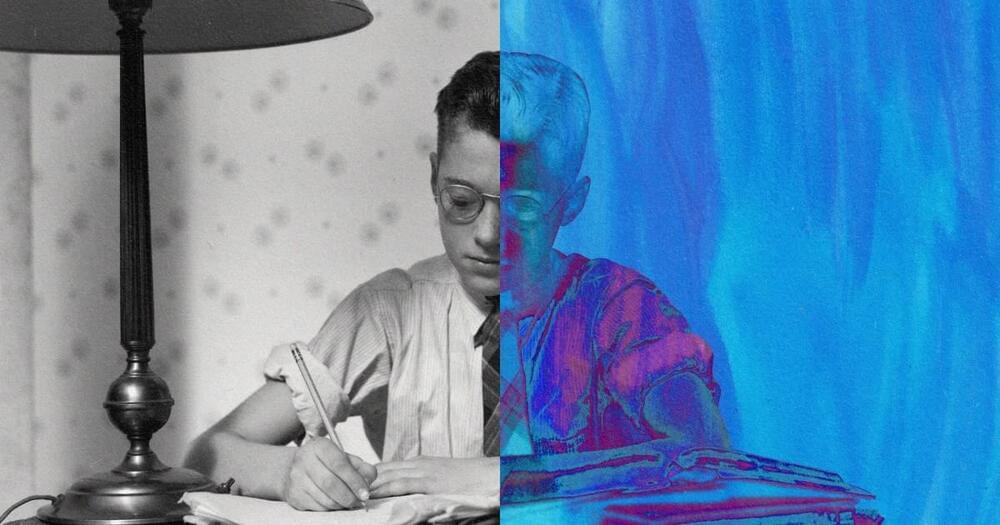

The John Templeton Foundation recently invited biologist Michael Levin to speak to a small group about the presence of agency and cognition in the most fundamental forms of life, even at the levels of cells and tissues. In the recorded video, Dr. Levin, who directs a developmental biology lab at Tufts University, discusses with Philip Ball, a science writer and author of the newly published Book of Minds: How to Understand Ourselves and Other Beings.
Founded in 1987, the John Templeton Foundation supports research and dialogue on the deepest and most perplexing questions facing humankind. The Foundation funds work on subjects ranging from black holes and evolution to creativity, forgiveness, and free will. It also encourages civil, informed dialogue among scientists, philosophers, theologians, and the public at large.
With an endowment of $3.8 billion and annual giving of approximately $140 million, the Foundation ranks among the 25 largest grantmaking foundations in the United States. Headquartered outside Philadelphia, its philanthropic activities have engaged all major faith traditions and extended to more than 57 countries around the world.
To learn more, check out Templeton.org or follow us on social:
Instagram: https://www.instagram.com/templetonfo…
Twitter: https://twitter.com/templeton_fdn.
Facebook: https://www.facebook.com/TempletonFou…
Linkedin: http://bit.ly/jtflinkedin

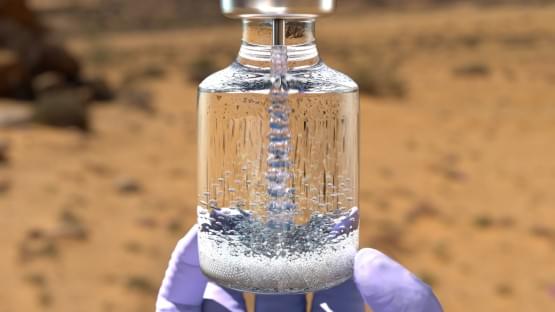
Testing the efficacy of a vaccine candidate is typically a long process, with the immune response of an animal model taking around two months.
A multi-institution team, led by Matt DeLisa, the William L. Lewis Professor in the Smith School of Chemical Biomolecular Engineering, at Cornell Engineering, is developing a method that is more than an order of magnitude faster.
Using a biomaterials-based organoid, developed in the lab of former Cornell professor Ankur Singh, now at the Woodruff School of Mechanical Engineering at the Georgia Institute of Technology, the team was able to assess the strength of the immune response in just days.
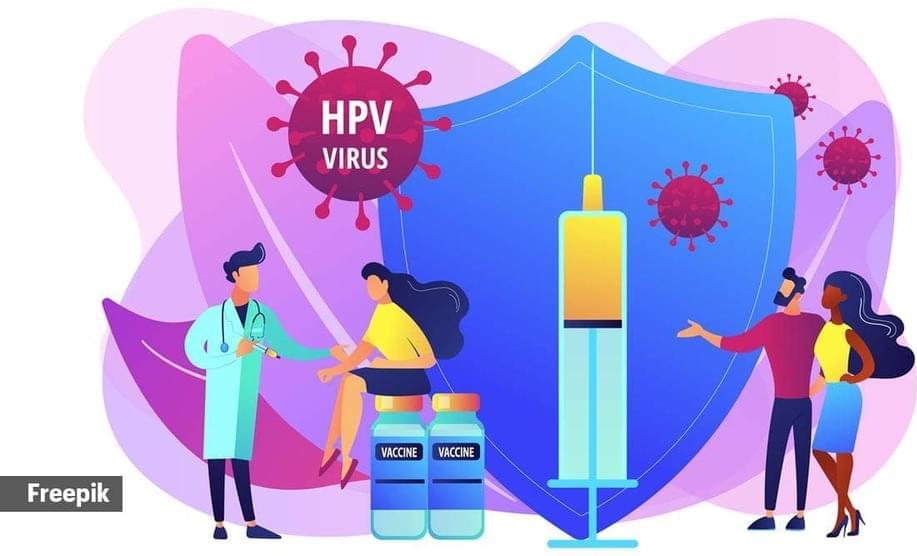

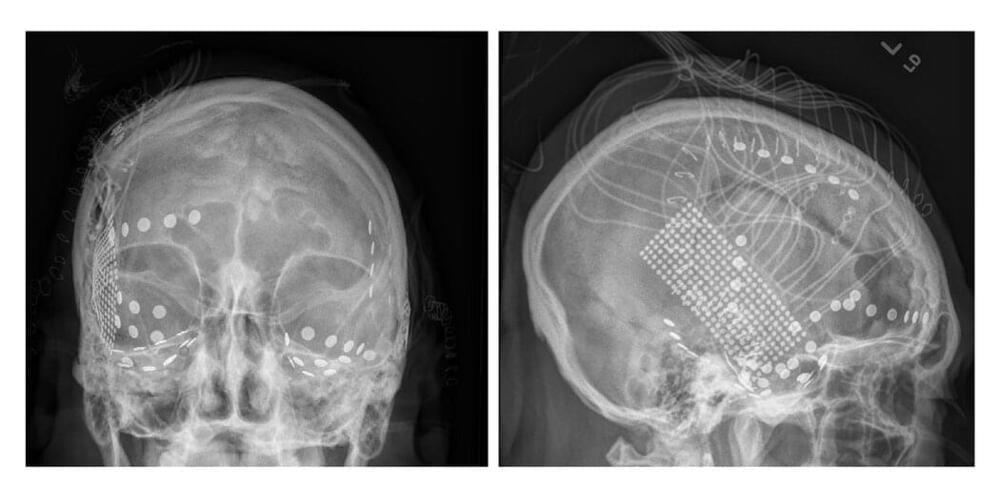
The researchers also found a spot in the brain’s temporal lobe that reacted when volunteers heard the 16th notes of the song’s guitar groove. They proposed that this particular area might be involved in our perception of rhythm.
The findings offer a first step toward creating more expressive devices to assist people who can’t speak. Over the past few years, scientists have made major breakthroughs in extracting words from the electrical signals produced by the brains of people with muscle paralysis when they attempt to speak.
But a significant amount of the information conveyed through speech comes from what linguists call “prosodic” elements, like tone — “the things that make us a lively speaker and not a robot,” Dr. Schalk said.
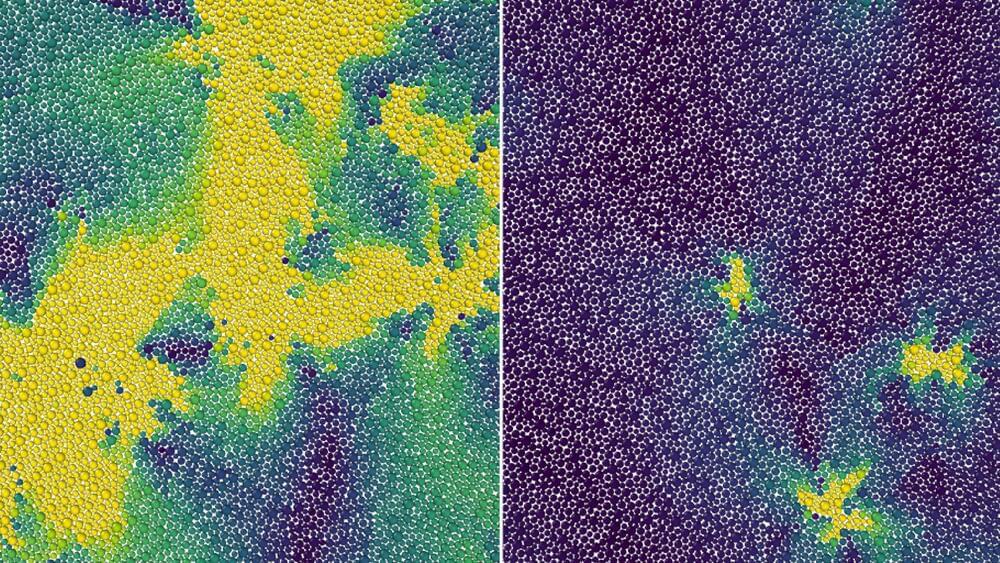
No, it’s not dark matter.
Gravity is the force that attracts objects toward the Earth and maintains the orbital motion of planets around the Sun. Our scientific understanding of gravity was established by Isaac Newton.
Despite the many successes of Einstein’s theory of gravity, many phenomena, such as gravity inside a black hole and gravitational waves, can’t be explained.
Tod Strohmayer (GSFC), CXC, NASA — Illustration: Dana Berry (CXC)
Our scientific understanding of gravity was established by Isaac Newton in 1687. Newton’s theory of gravity stood the test of time for two centuries until Albert Einstein proposed his ‘General Theory of Relativity,’ filling in the gaps left by Newton’s theory of gravity.

Venture capitalist a16z rebuilds a research paper with “AI Town” and releases the code. AI Town uses a language model to simulate a Sims-like virtual world in which all characters can flexibly pursue their motives and make decisions based on prompts.
In April, a team of researchers from Google and Stanford published the research paper Smallville. OpenAI’s GPT-3.5 simulates AI agents in a small digital town based solely on prompts.
Each character has an occupation, personality, and relationships with other characters, which are specified in an initial description. With further prompts, the AI agents begin to observe, plan, and make decisions.